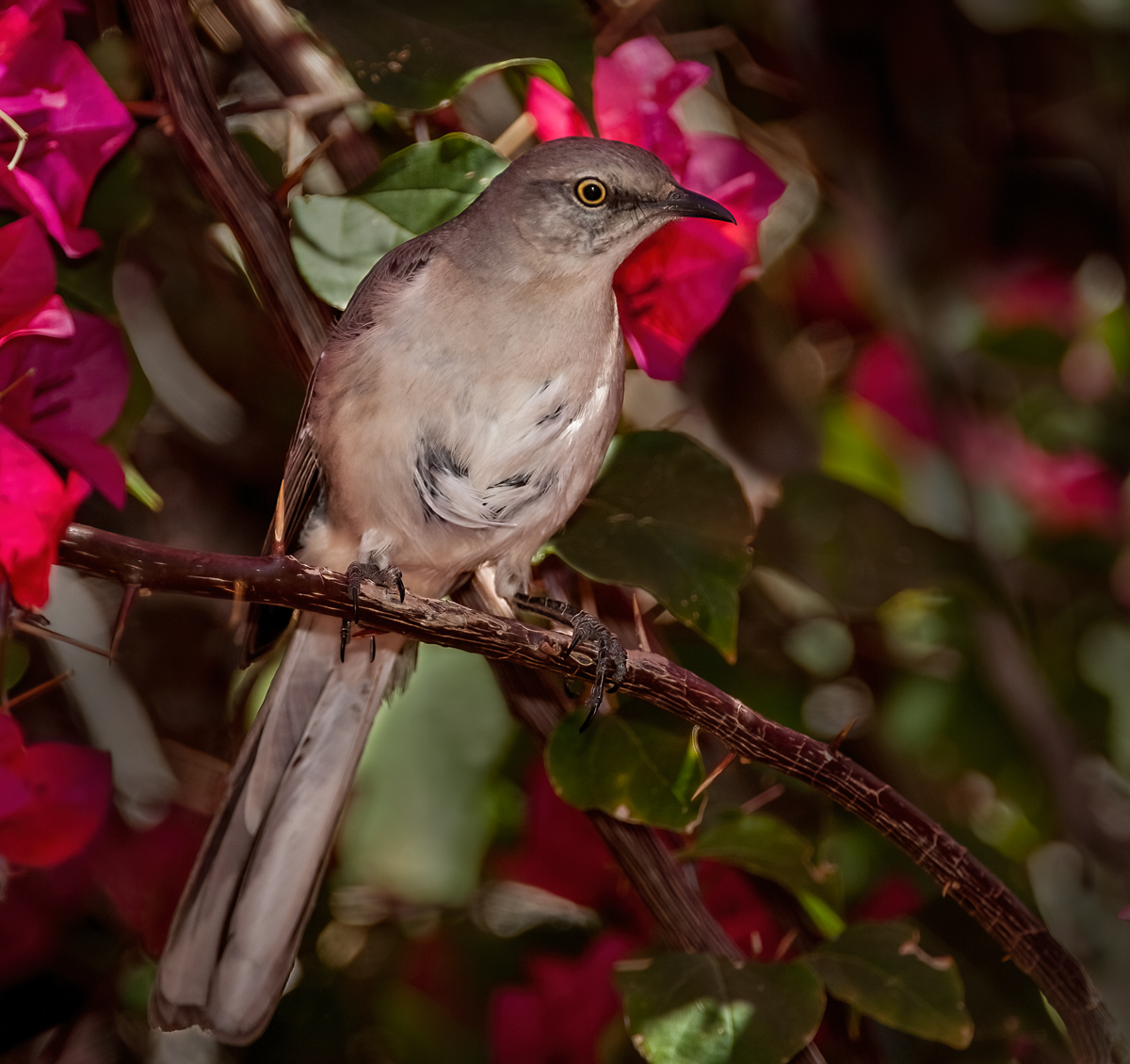
Bird calls and sounds are incredibly diverse, with each species possessing unique vocalizations. From the low, haunting call of the American Bittern to the frenzied and rapid trills of the Club-winged Manakin, each has developed its own distinct communication system. In today’s blog, we look at just a handful of species whose calls and sounds are so different from each other.
Two significant factors influence the development of bird vocalizations: the environment in which they live, and how sociable, or gregarious they are. Birds that live in flocks can have more complex vocalizations than solitary birds, as they use their calls to communicate with each other and coordinate their movements.
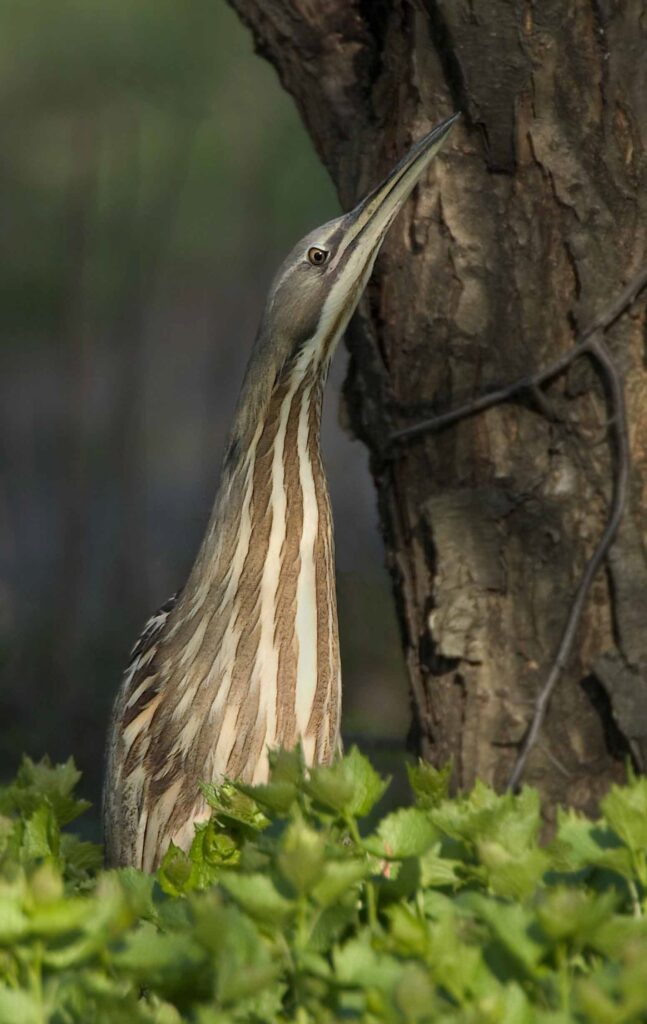
The American Bittern is a perfect example of habitat playing its part in the evolution of their calls. These marsh-dwelling wading birds are known for their low, booming call that sounds like a foghorn. The low frequency can penetrate through the dense vegetation of the marsh, carrying for long distances over the open water. Males are the only ones to make this sound, which you can hear during breeding season to attract females from mid-April to early May, often at night. Their calls can be heard up to two miles away.
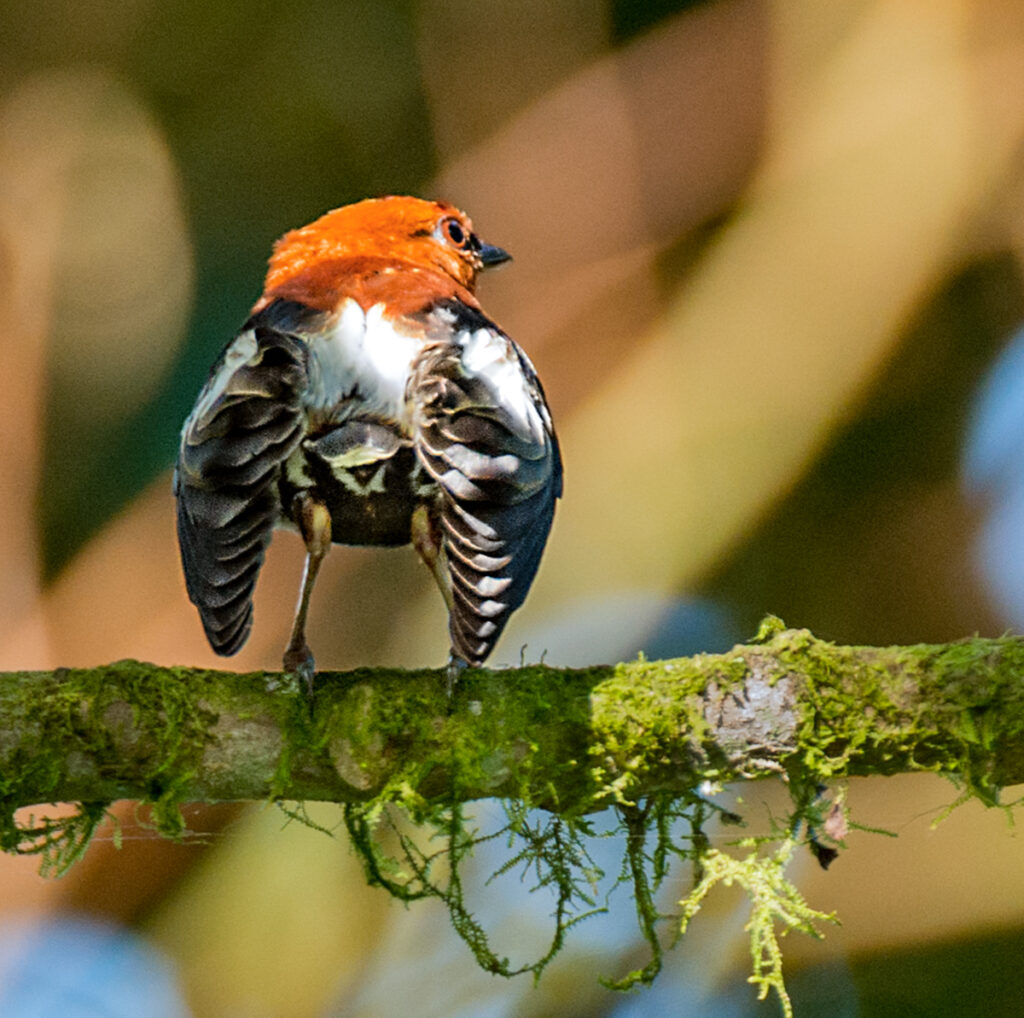
Inhabiting the cloud forests of the Andes in South America, the Club-winged Manakin is known for its distinctive, buzzing trills. What makes this bird different from many others is how it produces these trills. All birds possess a voice box called the syrinx, but like other species of manakin, this bright russet, black and white-colored birds have the unique ability to produce musical notes with their wings. Each wing carries a pair of highly modified feathers – one has seven ridges along its central vane, and then next to that feather is another with a stiff, curved tip. Rather like dragging a spoon over a washboard, the bird raises its wings over its back, then shakes them back and forth over 100 times a second. Each time the tip of the stiff feather hits a ridge, it produces a sound – twice: once when the feathers collide and again when they move apart. This movement enables a wing to produce 14 sounds during each shake, ergo club-winged manakins can produce up to 1,400 sounds every second. In order to withstand this repetitive feather abuse, the bird has evolved solid wing bones instead of hollow ones like most birds. These rapid-fire trills are well-suited to the dense and noisy environment of the forest, where it can be difficult for birds to hear each other over the sound of the calls of other birds and through the dense vegetation.
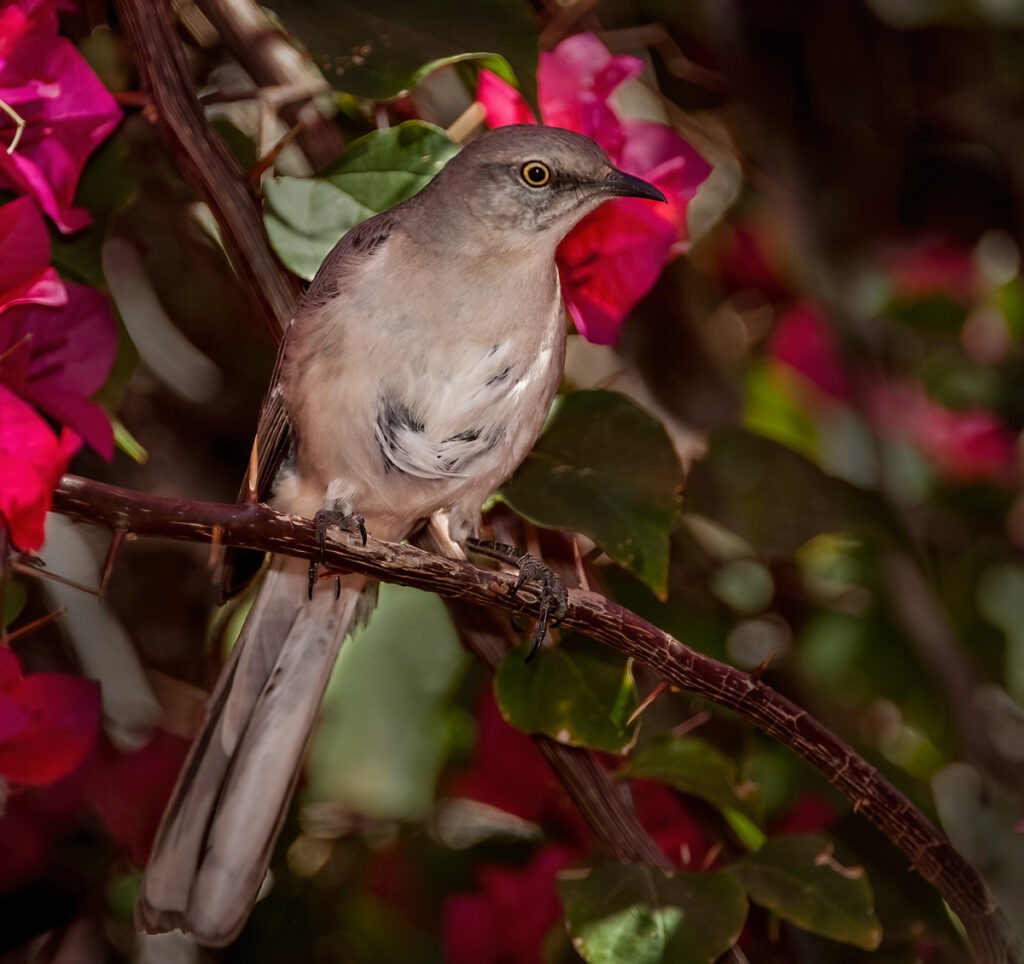
In some species of birds, both sexes will produce songs and calls, such as the Northern Mockingbird. As the name suggests, these birds are famous for their ability to mimic the calls of other birds, including shrikes, blackbirds, orioles, killdeer, jays, hawks, and many others, as well as sounds from their environment, such as car alarms and cell phone ringtones. Each phrase is repeated at least twice and maybe six or seven times in total before moving on to the next aural delight. They will learn new songs and calls throughout their lives, and unmated males are the most vociferous as they try to find a mate and secure their home territory.
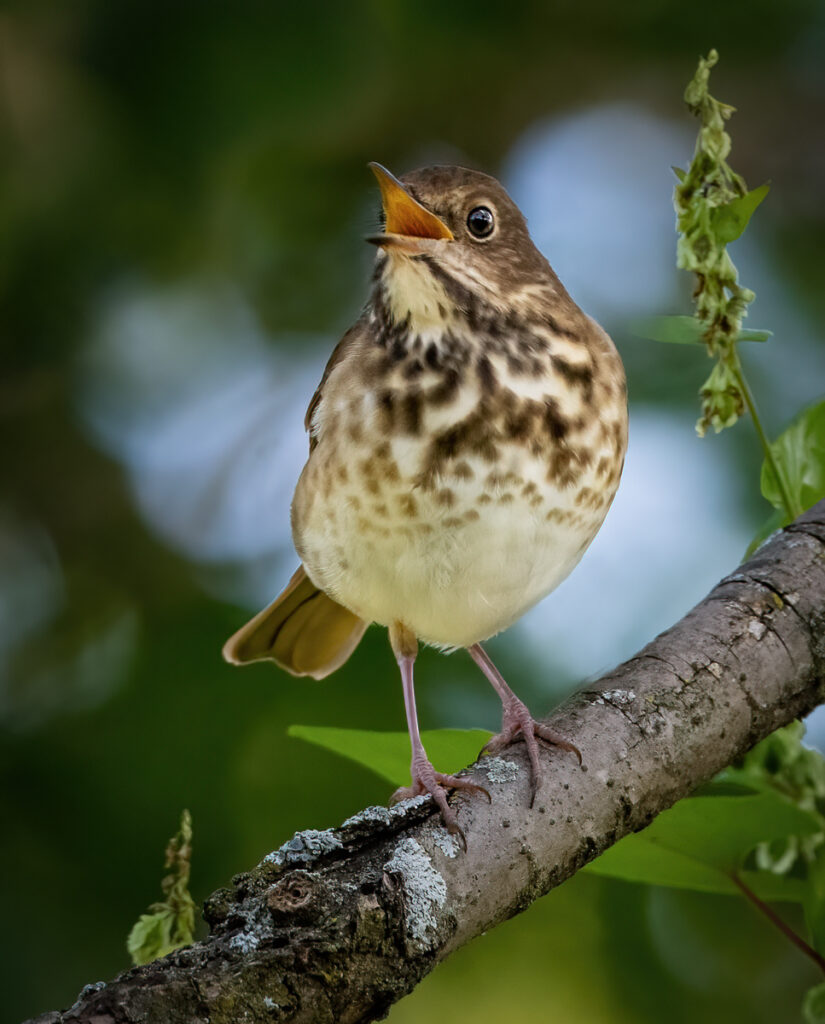
Known for its beautiful and haunting song, the voice of the Hermit Thrush is often described as one of the most beautiful bird songs in North America. This complex and melodious vocalization is due to having a syrinx that is capable of producing two sounds at once, allowing it to create a harmonious and intricate melody that is well-suited to its forested habitat. Often singing from a high-up location, these birds have a range that spreads across the whole of the North American continent. Immortalized in his poem When Lilacs Last in the Dooryard Bloom’d, Walt Whitman used a hermit thrush to symbolize the American voice as the nation mourned the loss of Abraham Lincoln.
There are many who maintain that bird songs and calls only exist for mating rituals, securing territories, giving directions to food, or as a warning of predators, but there are those who believe that birds sing not just because they can, but because they want to. After all, if you could make all of those sounds, wouldn’t you? Hear bird calls on the website on the information panel.


